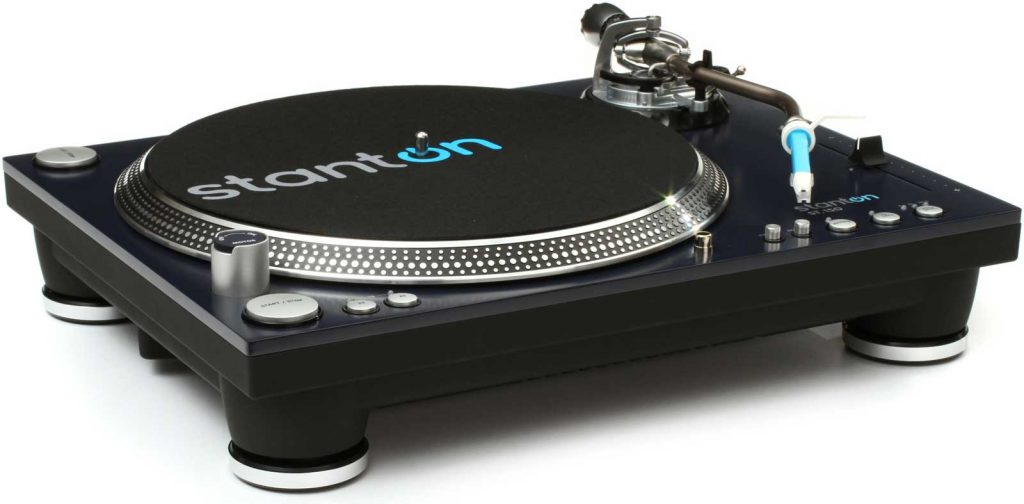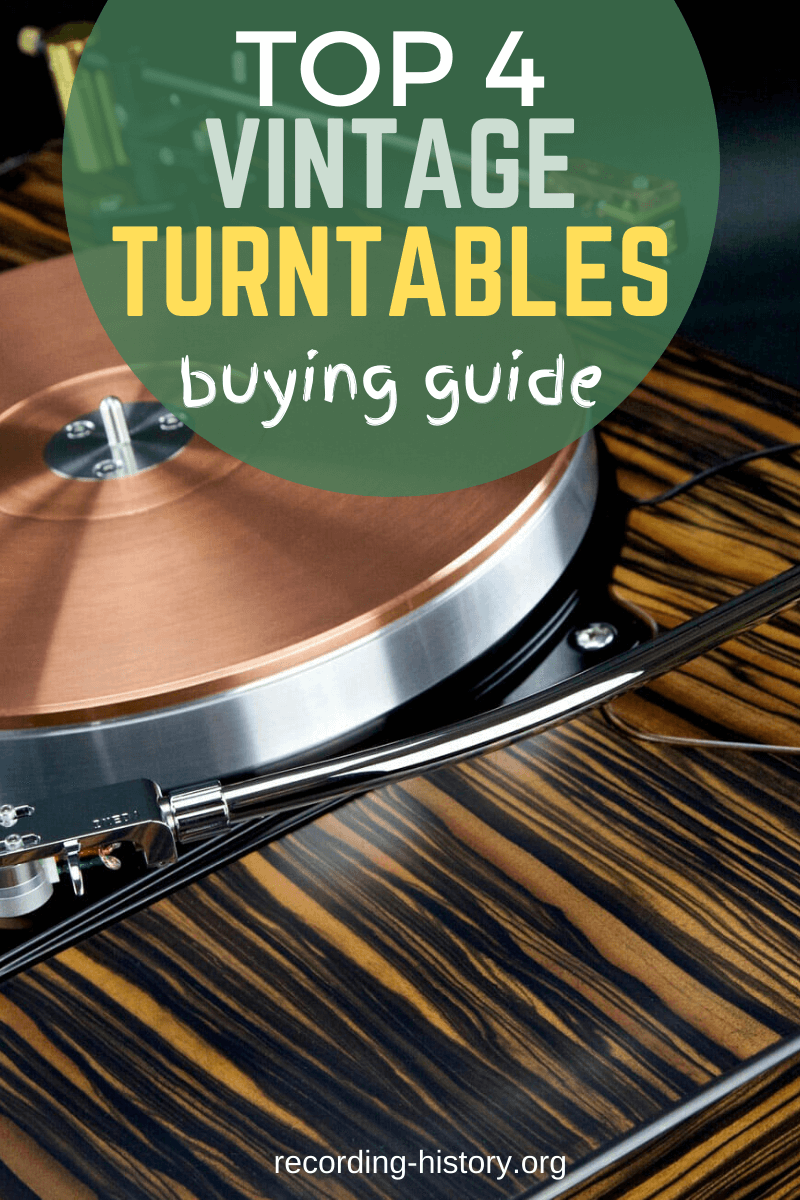

Most higher-end turntables use belt drive perhaps at those prices, they can improve the speed accuracy to the point where the belt drive is clearly superior.The Pro-Ject Debut Carbon EVO packs a solid feature set and premium sound quality into a great-looking turntable at a surprisingly low price. The direct-drive models we’ve tested were usually more speed-accurate but sometimes had more wow and flutter than the belt-drive models, which can result in distortion and pitch fluctuations. We found that, in this price range, neither method has a clear advantage. The common belief is that the direct-drive method provides better speed accuracy because it drives the platter directly, while the belt-drive method better isolates records and cartridges from motor noise and vibration. (The all-in-one record players we tested all use the belt-drive method.) Many enthusiasts are convinced of the superiority of one or the other.
#Turntable reviews Bluetooth
Some turntables and record players have Bluetooth transmitters to stream your vinyl collection to a receiver, speaker, or pair of headphones.
#Turntable reviews tv
Many also include analog audio inputs to connect other audio sources, and a few even come with a digital input intended for connection to a TV set. Bluetooth and other connections: Most all-in-one record players now include a Bluetooth receiver, which lets you play music from a phone, tablet, or computer through the built-in speakers.Stereo speakers will almost certainly sound better and more spacious, but we think most people buying an all-in-one player will want a single component instead of a system. Speakers: For the all-in-one record players, we focused on models that have built-in speakers rather than a separate set of stereo speakers.

In our testing, we’ve always used an external phono stage (built into a receiver) so there would be one less variable involved. But since so many audio receivers already have one, we don’t consider it mandatory (and you can buy an external phono preamp for $50 to $100). Having a built-in phono preamp makes it easier to add the turntable to any existing system that has an analog audio input-be it an audio receiver, a soundbar, or a pair of powered speakers-without having to purchase any additional equipment. Some turntables have one built in some do not. This process is handled by a phono preamp.
#Turntable reviews upgrade
The ability to easily upgrade the cartridge to improve sound quality is also valuable.

Some have better bass with more detail and separation, while some do better with vocals.

In other words, a $1,000 turntable may sound better, but the improvements from spending $600 versus $250 are much greater than those from spending $1,000 (and up) versus $600. People after a high-end turntable can easily spend $2,000, $5,000, or even $45,000 (or more), but we’ve found that $600 marks a point of diminishing returns.


 0 kommentar(er)
0 kommentar(er)
